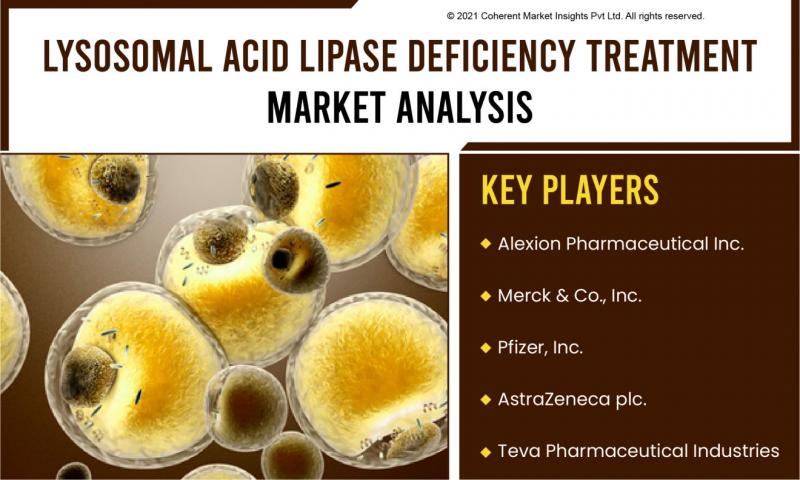Lysosomal Acid Lipase (LAL) Deficiency, also known as Wolman disease and cholesteryl ester storage disease (CESD), is a rare genetic disorder characterized by the buildup of lipids in various organs, including the liver, spleen, and blood vessels. This condition can lead to a range of serious health problems and requires ongoing medical attention. In recent years, significant progress has been made in the development of treatments for LAL Deficiency, offering hope to patients and their families.
Understanding LAL Deficiency:
LAL Deficiency is caused by a mutation in the LIPA gene, which leads to a deficiency of the enzyme lysosomal acid lipase. This enzyme plays a crucial role in breaking down lipids in the body. When it is deficient, lipids accumulate in various tissues, causing organ damage and a range of symptoms such as hepatomegaly (enlarged liver), splenomegaly (enlarged spleen), and digestive problems.
Treatment Options:
- Enzyme Replacement Therapy (ERT): Enzyme replacement therapy is one of the primary treatment options for LAL Deficiency. This approach involves intravenous infusions of a synthetic lysosomal acid lipase enzyme to help the body metabolize lipids more effectively. ERT has shown significant promise in reducing liver and spleen size and improving lipid levels in the blood.
- Gene Therapy: Gene therapy is an emerging and promising treatment option for LAL Deficiency. Researchers are working on developing gene therapies that can correct the genetic mutation responsible for the condition. These therapies aim to provide a long-lasting solution by addressing the root cause of the disease.
- Clinical Trials: Numerous clinical trials are ongoing to evaluate new treatment approaches for LAL Deficiency. These trials test various drugs and therapies to assess their safety and effectiveness. Patients with LAL Deficiency may consider participating in these trials to access cutting-edge treatments and contribute to the advancement of medical science.
Market Trends:
The LAL Deficiency treatment market has seen remarkable growth in recent years due to increased awareness, improved diagnostics, and the development of innovative therapies. Pharmaceutical companies are investing in research and development to bring new treatments to the market. Additionally, regulatory agencies have granted orphan drug status to certain LAL Deficiency treatments, which can expedite the approval process.
Conclusion:
The treatment landscape for LAL Deficiency is evolving rapidly, offering hope to individuals affected by this rare genetic disorder. Enzyme replacement therapy, gene therapy, and ongoing clinical trials are expanding the range of options available to patients and improving their quality of life. As research continues and new therapies emerge, the outlook for LAL Deficiency patients is becoming increasingly promising. It is essential for healthcare professionals, patients, and their families to stay informed about the latest developments in this field to make informed treatment decisions.
Read More….
Batten Disease Treatment Market
Vertebral Compression Fracture Devices Market
